The 10 Best German Beers, According to Experts

There’s no country more famous for its beer than Germany. That reputation is well deserved according to veteran beer writer Stephen Beaumont, author and co-author of fourteen books on the topic, including The World Atlas of Beer.
“Germany’s success on the world stage with rather ordinary but still distinctive brands like Beck’s, Warsteiner, and Radeberger doesn’t hurt,” he says. “Neither does being home to what a lot of the world still views as the biggest beer bash on the planet, Oktoberfest.”
Germans are proud of their beer, and while there are many different styles, they all have roots in the Reinheitsgebot, or the Germany Beer Purity Law. In 1516, the law was instituted by Duke of Bavaria Wilhelm IV, stating that German beer, as well as beer produced in other states of the Holy Roman Empire, could only be made from three ingredients: water, hops, and barley.
Eagle-eyed beer fans might notice the absence of yeast, an important ingredient in both brewing and distilling, but let’s cut 16th century brewers some slack—they were not as familiar with biology and chemical processes as we are today. The law has been revised in modern times to allow other grains like wheat and rye to be used as well, but things like rice, corn, and sorghum are still excluded. Still, many breweries continue to proudly follow the Reinheitsgebot and look at it as a mark of quality and character.
According to Tobias Holler, owner of two Black Forest Brooklyn German food and beer restaurants, the Reinheitsgebot can also be seen as a restriction.
“German beer brewing culture has much less variety of style and ingredients compared to the U.S. craft beer movement,” he says. “For many breweries, the Reinheitsgebot is a badge of honor, which means that Germans make less variety of styles. But they have really perfected those styles over the centuries.”
Beaumont says that while the Reinheitsgebot holds less sway now, it still plays an important role. “It doesn’t guarantee good beer, but it does to a degree help protect against bad beer,” he says. “It forces the brewer to be careful about what they are doing since they have no protective blanket of additional flavoring ingredients to cover up mistakes.”
We are not going to cover all the different styles of German beer, but here are several key ones to know.
Styles of German BeerHelles
A lighter and less hoppy style common in Bavaria and southern Germany. Compare that to pils, a take on Bohemian pilsner that was once the most popular style of beer in Germany.
Dunkel
Dunkel beers are dark lagers that are heavy on the malt and often on the sweeter end of the flavor spectrum.
Schwarzbier
Schwarzbier takes the concept of dunkel beer even further. tThe color is almost black, but the flavor is sweet with lots of caramel and low hops levels.
Weissbier
Weissbier is wheat beer, a popular summertime option that many people know as hefeweizen, an unfiltered and yeasty style.
Rauchbier
Fans of smoky scotch might like rauchbier which is made using malted barley that’s been smoked to infuse it with flavor.
Regional Styles
Other regional styles of German beer include kölsch, a pale lager-style beer from Cologne; altbier from Dusseldorf, known for its bready and slightly bitter flavor; and gose, a sour beer that is brewed with salt and coriander from Leipzig.
According to Aaron Goldfarb, spirits and beer expert and author of Dusty Booze: In Search of Vintage Spirits, the tried and true styles remain some of the best. “For better or worse, the best of the best German beer remains the old world classics, many that have defined their styles for decades if not centuries,” he says.
Here is a list of ten of the best German beers picked by these experts, ranging from well-known breweries to more obscure bottles.
Bitburger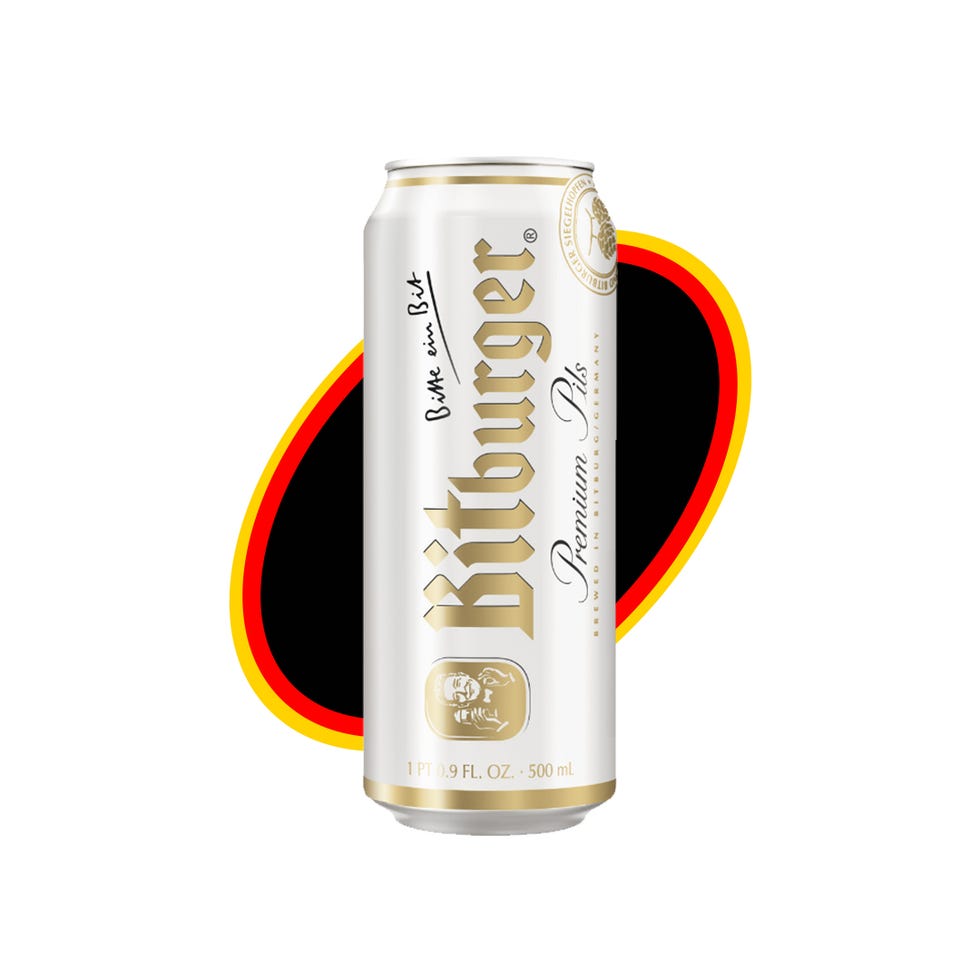
Bitburger is a popular and widely available pils, or pilsner, that has been around for more than 200 years. “This beer proves that a mass market beer can have flavor,” says Goldfarb. The classic Premium Pils has been brewed since 1909 in the town of the same name in far western Germany, and it’s an easy drinker with a slight dry bitterness, crisp carbonation, and subtle hops and fruit notes. If you’re new to German beer, this is a great place to start your drinking journey.
Rothaus Tannenzäpfle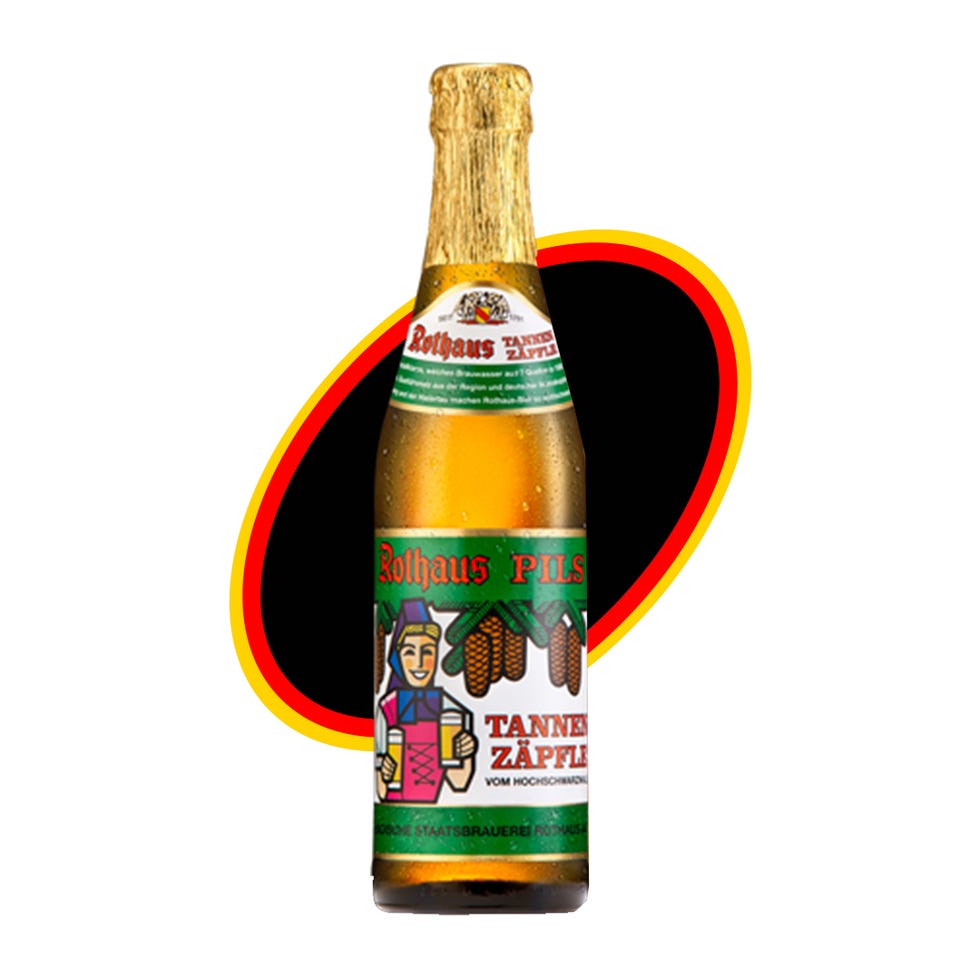
“This unpasteurized pilsner from the Black Forest is what all easy-drinking lagers should aspire to,” says Goldfarb. Rothaus has been making this beer since 1956, and credits its spicy flavor to the use of hops from Tettnang and Hallertau. The golden color sets the stage for what you’ll find when you sip–a sessionable beer at just over 5 percent ABV that has notes of meadow herbs, fruit, and malt on the palate.
Aventinus Eisbock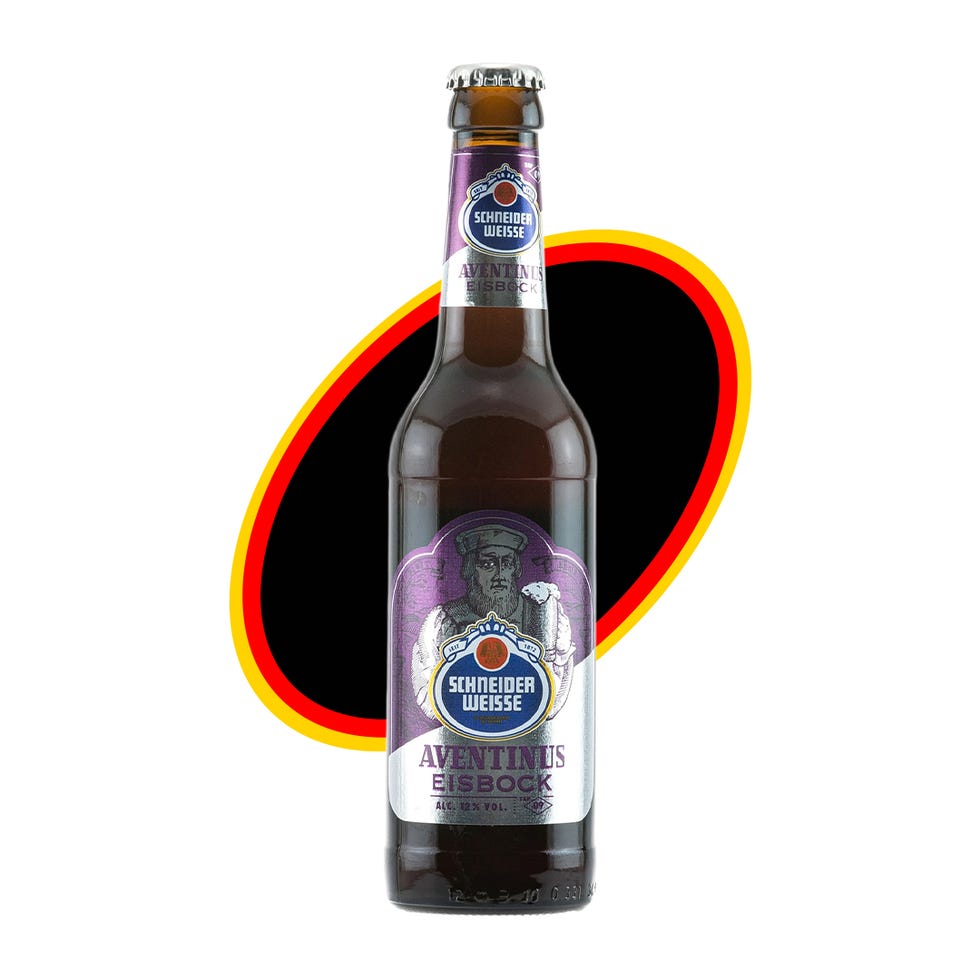
Eisbock is a style of German beer that raises the alcohol level through a process that separates water from alcohol and flavor components by freezing the beer during distillation. Since water freezes before alcohol, the brewery can remove the ice and up the proof. “Rich and boozy thanks to this freeze distillation, this wheat beer is a perfect after-dinner drink with its decadent notes of plum, banana, and cloves,” says Goldfarb. And at 12 percent ABV, this is definitely a heady brew.
Aecht Schlenkerla Rauchbier Urbock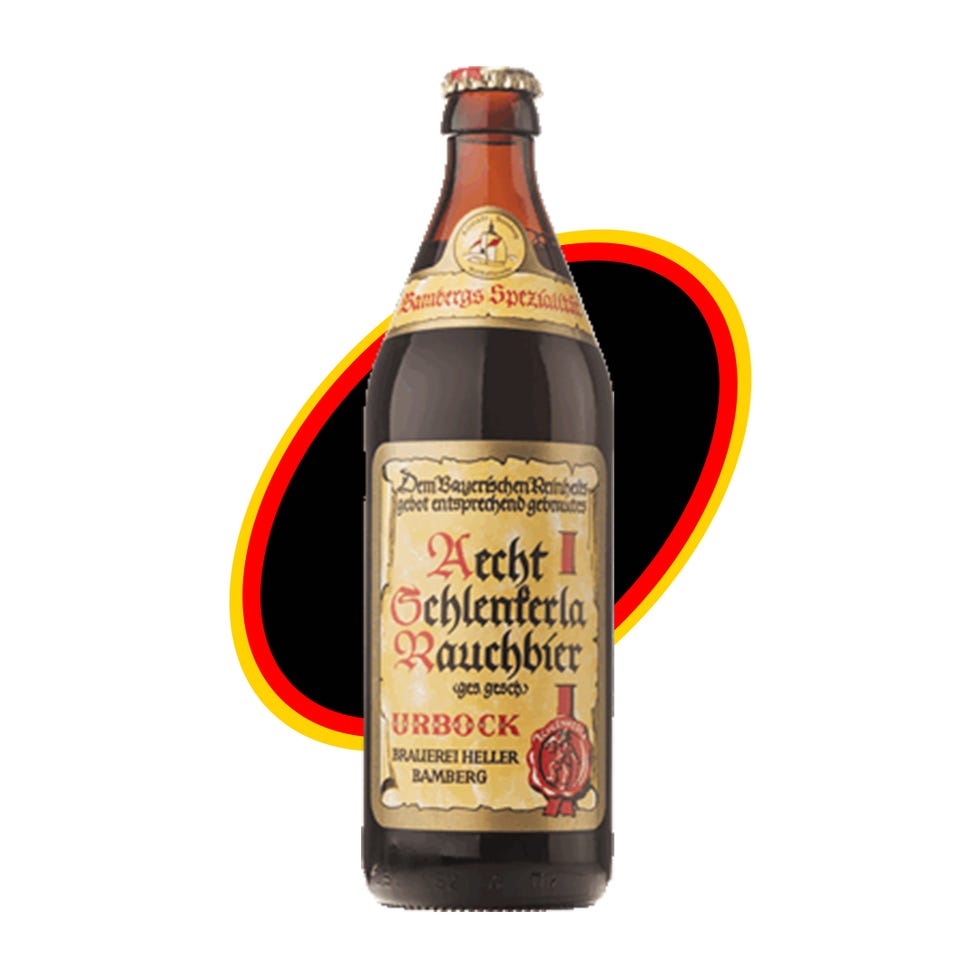
This is a beechwood-smoked beer that has a significant cult following. “Bamberg’s historic smoked beer tastes like barbecue in a glass … and that’s a good thing,” says Goldfarb. This beer is traditionally sold and consumed from October through December, although it’s brewed during the summer and aged in rock cellars beneath the city. Look for deep, savory smoky notes, along with fruit, malt, and some sweetness on the palate.
Spezial Rauchbier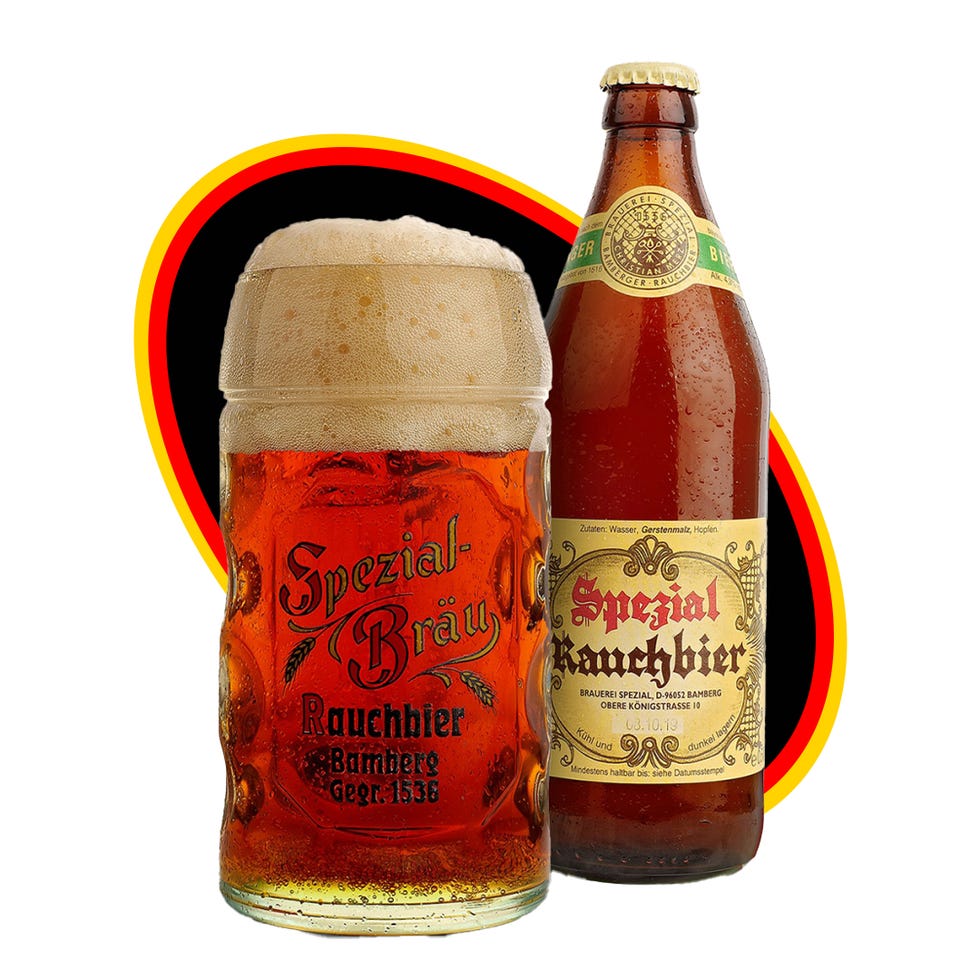
Beaumont says that this beer might be less famous around the world than its counterpart from Aecht Schlenkerla, but it’s one that’s worth looking out for. “Spezial’s version of a smoked malt beer is an exercise in nuance and sophistication, rather than in-your-face smokiness,” he says. “It’s absolutely best enjoyed at the brewery tap in Bamberg, since its subtlety gets lost over time spent in the bottle or keg.” Still, you can find bottles available to purchase in the U.S., so even if you’re not planning a trip to Germany you can still try this beer.
Andechs Doppelbock Dunkel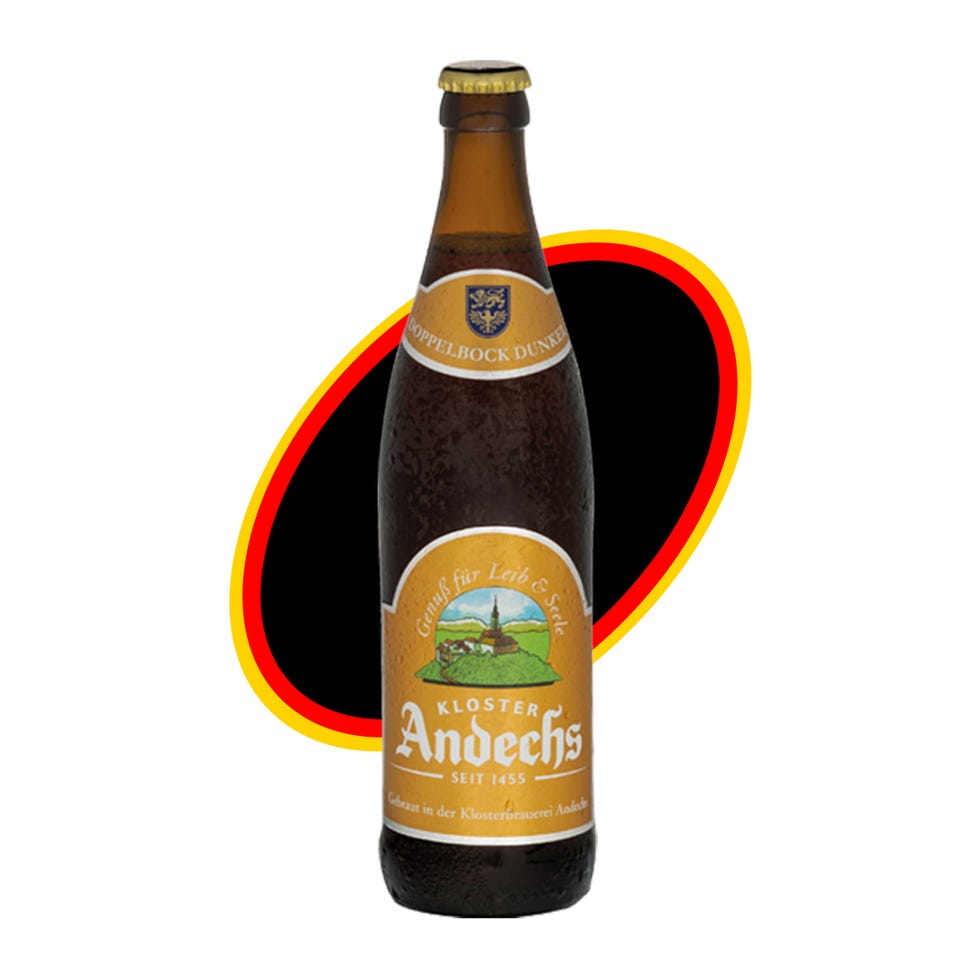
Doppelbock, or double-bock, refers to a Bavarian dark lager style of beer that is traditionally brewed by monks. The name “bock” comes from a Bavarian mispronunciation of Einbeck, where this style of beer was originally brewed. This particular example does indeed come from a monastery, and it’s a full-bodied beer that has a lot of complexity.
“This Bavarian bock is roasty, with slightly sweet notes of chocolate, caramel, and dried fruit,” says Goldfarb.
“[This beer] is filled with rich and delicious maltiness and dryness rather than bittering hop, finishing with satisfying warmth from its 7 percent alcohol strength,” adds Beaumont.
Weihenstephan Hefeweissbier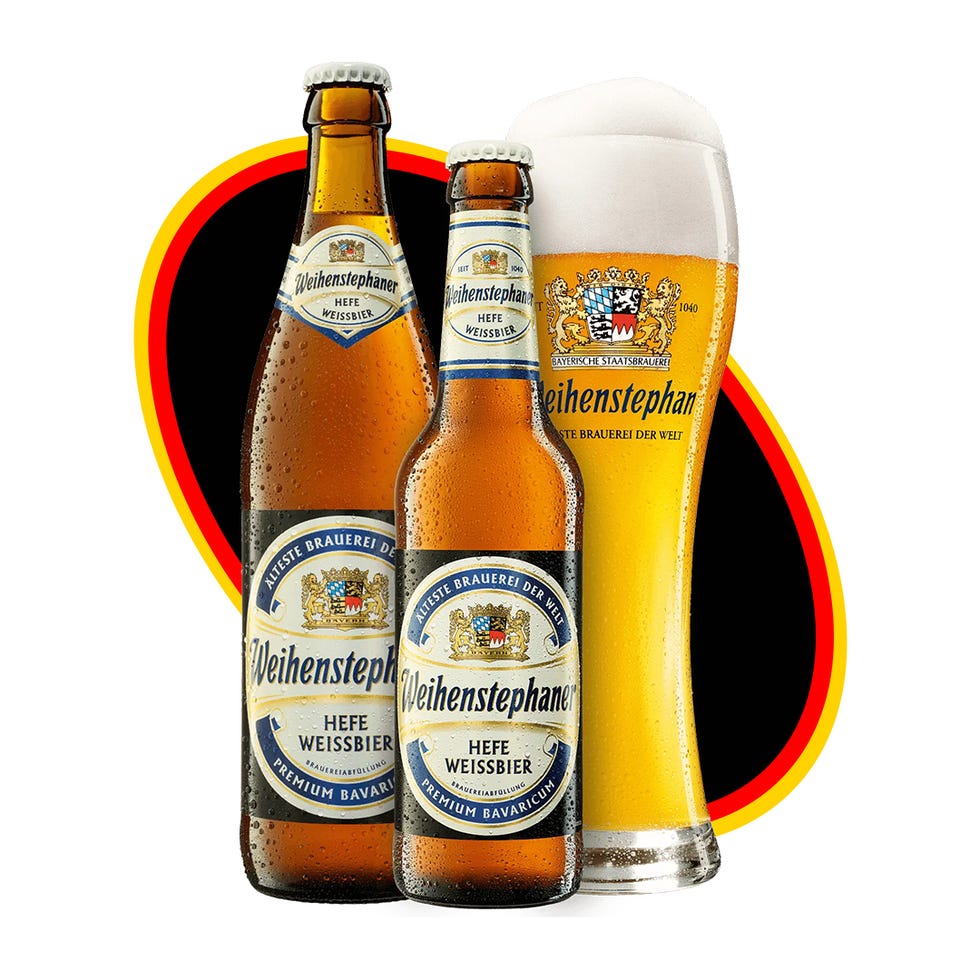
For a good wheat beer option, Black Forest owner Tobias Holler recommends this popular option from Weihenstephan. “This is a classic German wheat beer,” he says. “Weihenstephan brewery has been making beer since 1040, so they know what they are doing.” This is a Bavarian beer that is naturally cloudy, and has signature notes of banana on the palate to complement its malty base.
DoppelSticke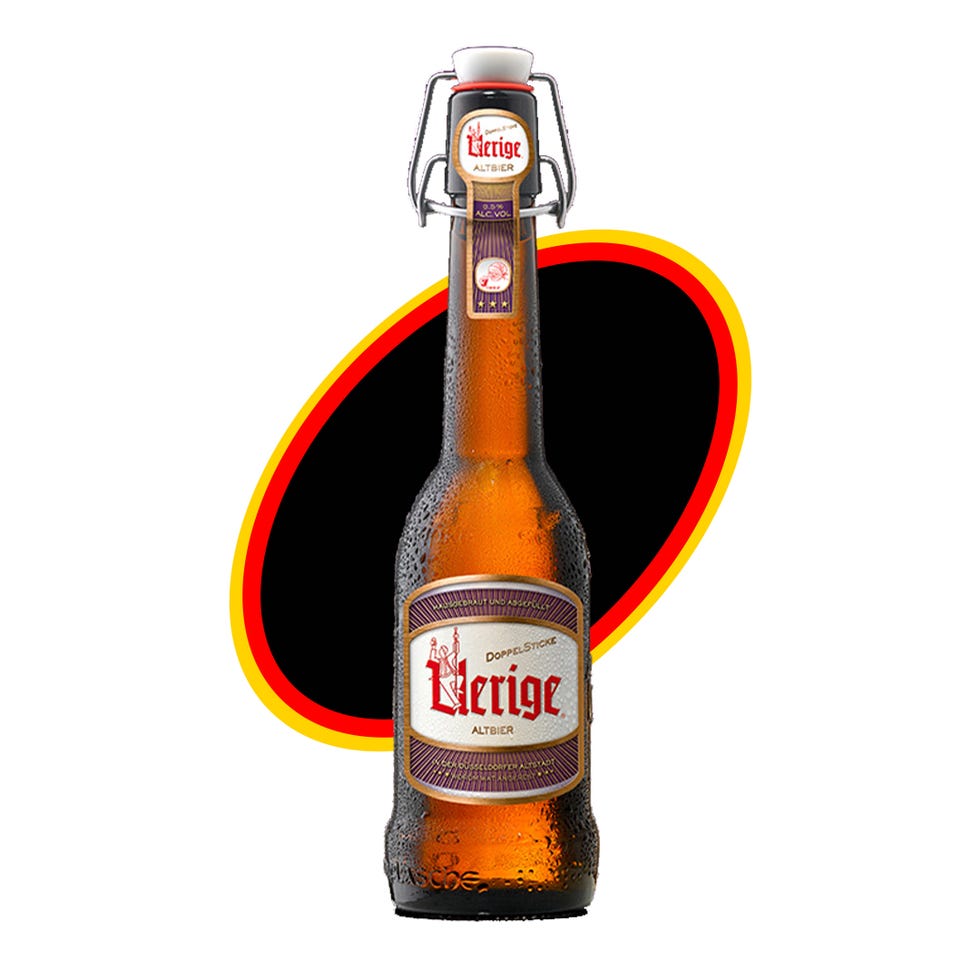
DoppelSticke is an interesting beer that is brewed in Dusseldorf at Uerige Obergaerige Hausbrauerei. “It’s a uniquely non-German-tasting German beer, which leans more American barley wine,” says Goldfarb. “It’s malty, with notes of caramelized sugar, rum, and chocolate, and it’s even better after aging for a few years.” DoppelSticke sits in the middle ground as far as ABV at 8.5 percent, and that means it’s a good option to pair with things like cheese.
Mühlen Kölsch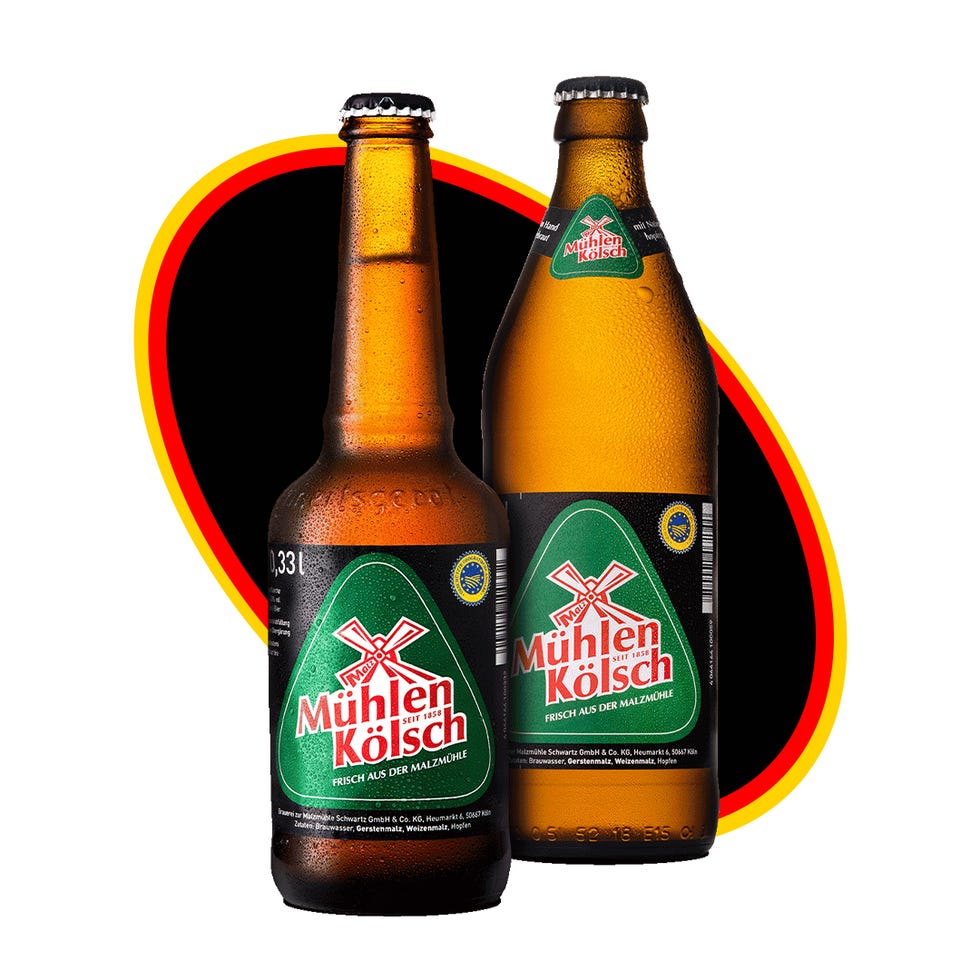
“A tour of the kölsch breweries of Cologne is one of the finest and most universally underrated pub crawls in the world,” says Beaumont. “And this clever golden lagered ale, with a rustic, gentle fruitiness and mellow hop character, is one of its stand-outs.” He recommends trying Früh Kölsch if you don’t see Mühlen Kölsch for sale, because the former is more widely available.
Rothaus Pilsner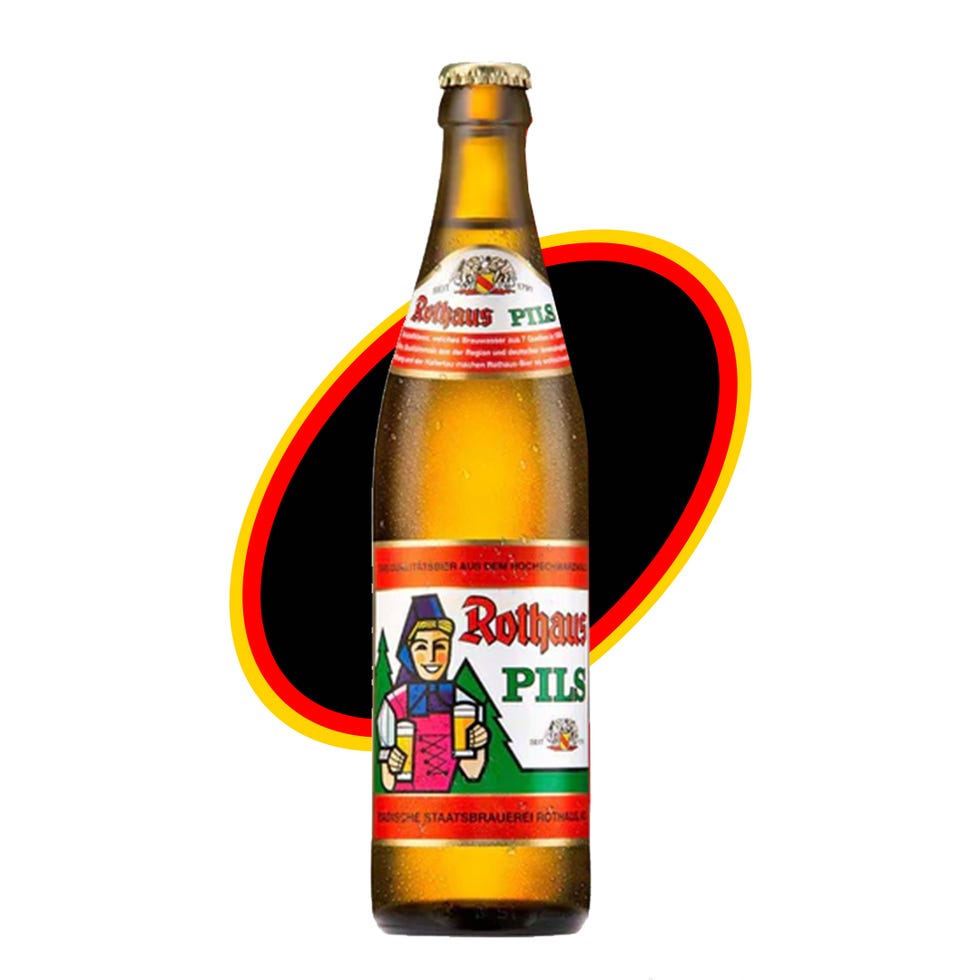
This pilsner comes from Holler’s hometown region of the Black Forest. He claims that his restaurant was the first in the U.S. to serve this beer, starting back in 2014. “It’s the only unpasteurized German beer available in the U.S., so it’s shipped in refrigerated containers,” Holler explains. “We helped convince the brewery to export their beer to the U.S. It’s made with Black Forest spring water, selected fine malts, and superior aroma hops, and it’s cold-fermented and slow-brewed to perfection.”
German Beer FAQsWhat is German beer made from?
According to the Reinheitsgebot, or German Beer Purity Law, German beer can only be made from water, hops, and barley. That has changed over the years, and other ingredients are now allowed as well, but many breweries still abide by this guideline and consider it a measure of quality.
How should you drink German beer?
The simple answer is any way you prefer, but most people drink German beer, like all beer, from a bottle, can, or glass. German beer is mostly served cold in glasses that fit the particular style, ranging from narrow vessels for kölsch to fat, liter-sized steins for a helles beer.
What are the most popular German beers?
In America, names like Radeberger, Bitburger, Beck’s, and Paulaner can be found at bars, restaurants, and stores everywhere. There are, however, many other German beers that you can find, including lesser known names from big breweries and even smaller craft beers. There is a German beer for every palate, whether you like light and crisp, dark and sweet, bitter and high-ABV, or something fruit-forward.
esquire





